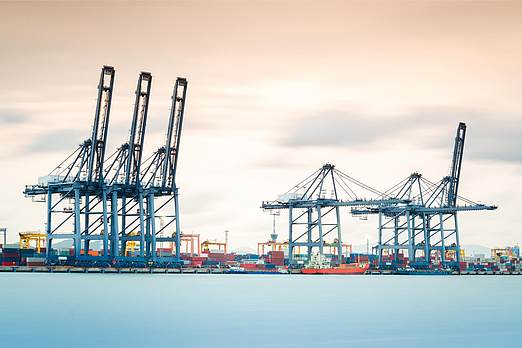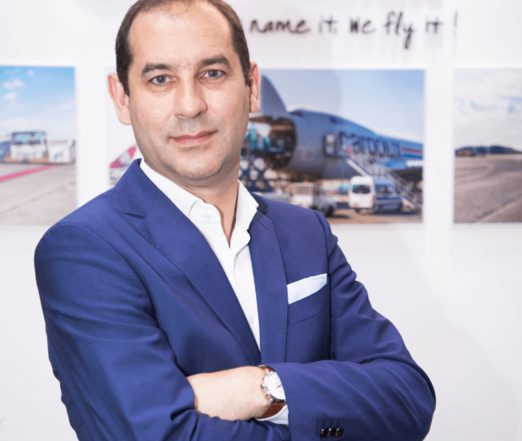“Samba Pa Ti”
- Facts
It is a party that breaks all the records and without a doubt the largest carnival celebration in the world. For five days in early March, hundreds of cities across Brazil come together for high-spirited revelry, with Rio de Janeiro alone drawing around seven million guests. We took a closer look at the celebrations and ventured a glimpse behind the scenes of Brazil's transport industry.
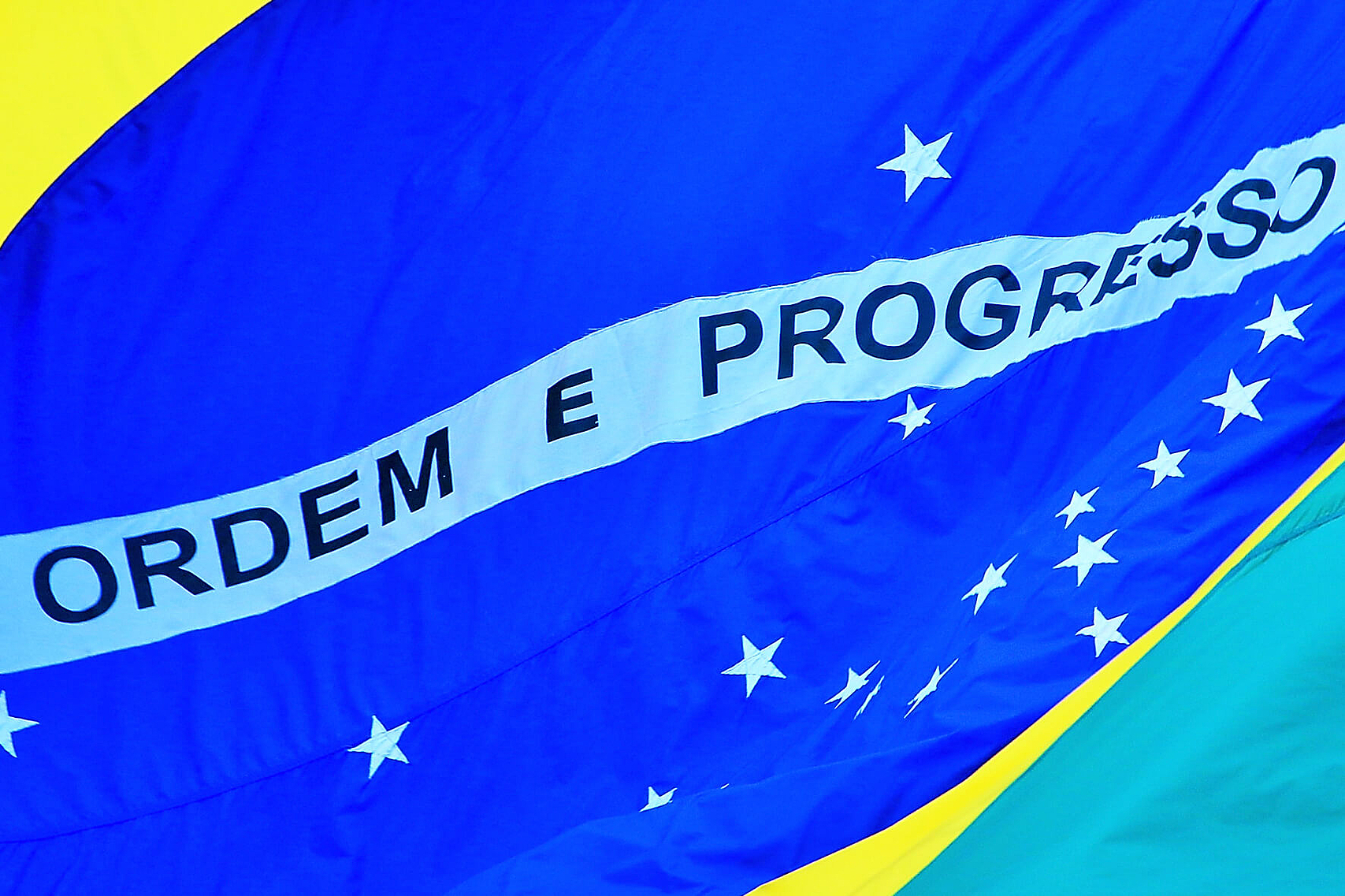


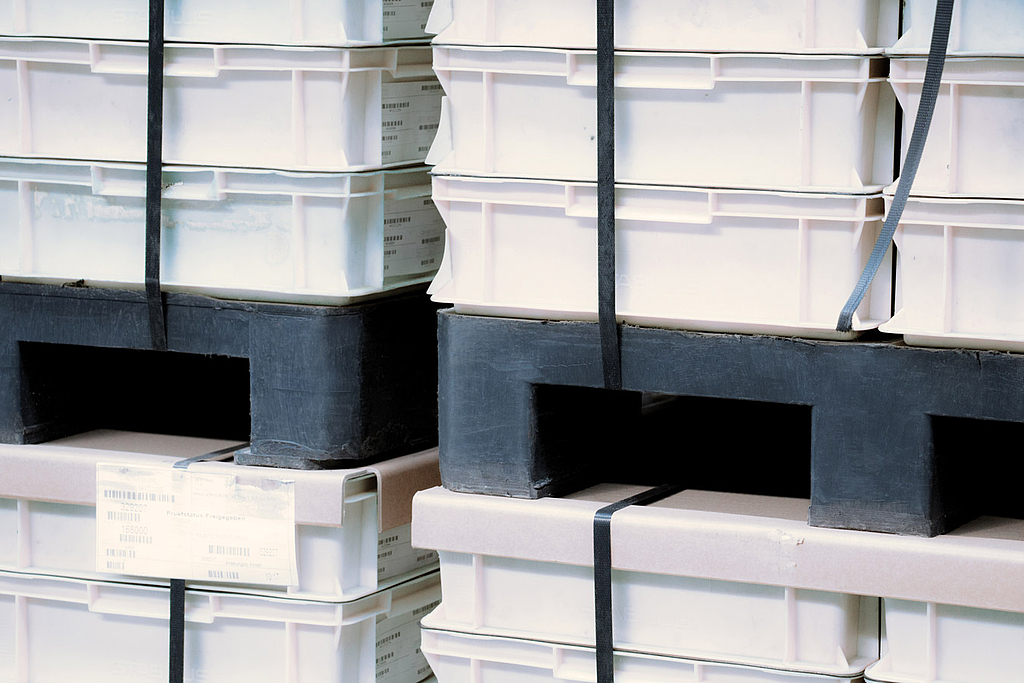
We offer specialized logistics solutions and warehousing facilities for the requirements of a range of industries.
Uniform standards in all of our logistics centers around the world ensure high quality and reliability. Benefit from our comprehensive network of warehouses in Europe, Asia and the USA.
Find out more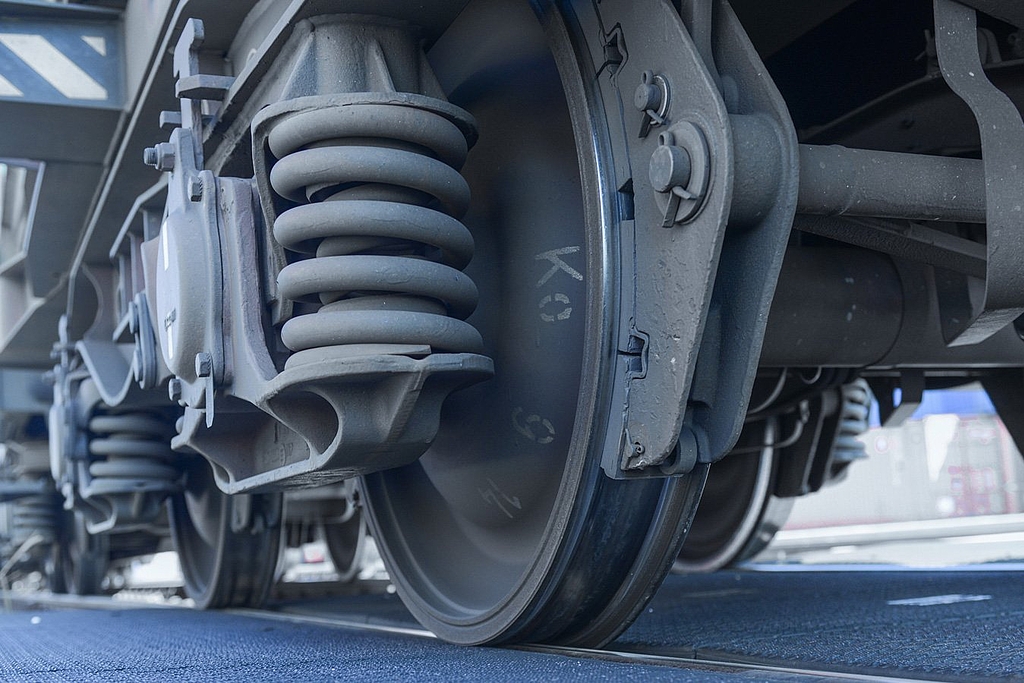
Our rail service is 50% faster than sea cargo and 60% less expensive than air cargo, giving you the best of both worlds.
Rail transport is a fast, cost-effective and environment-friendly alternative to air and sea freight. Our specialized teams will create the optimal rail transport concept for any commodity.
Find out more
